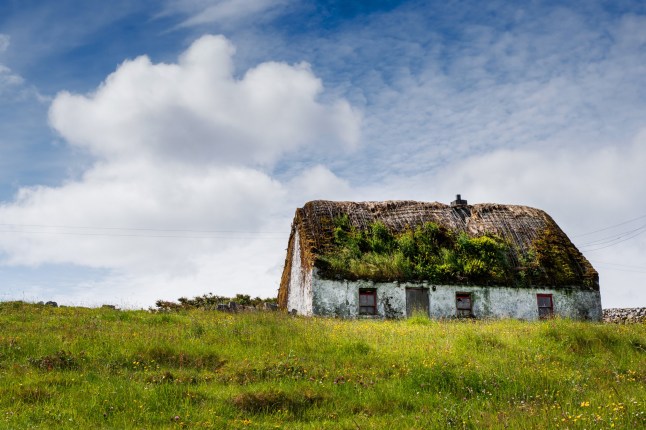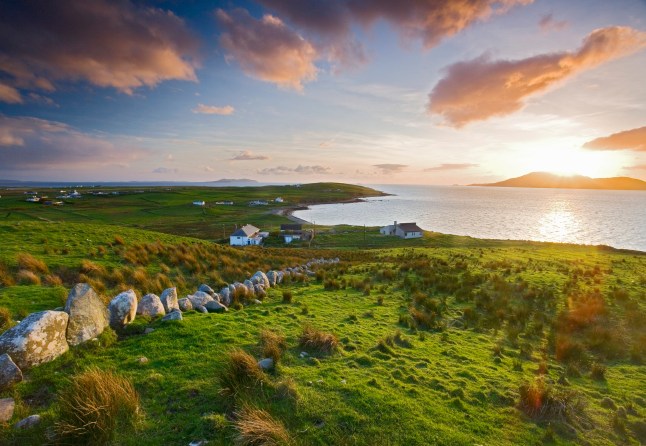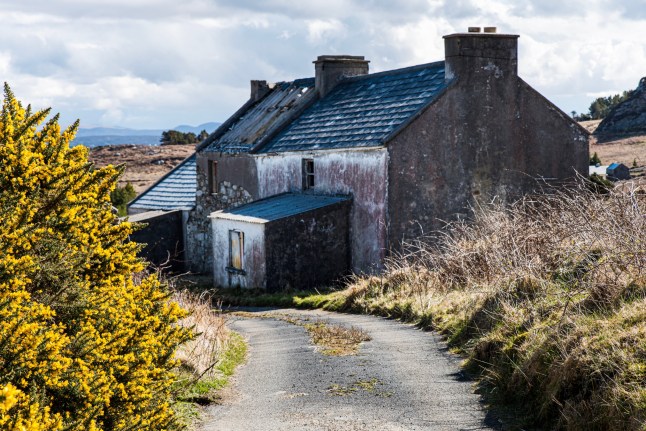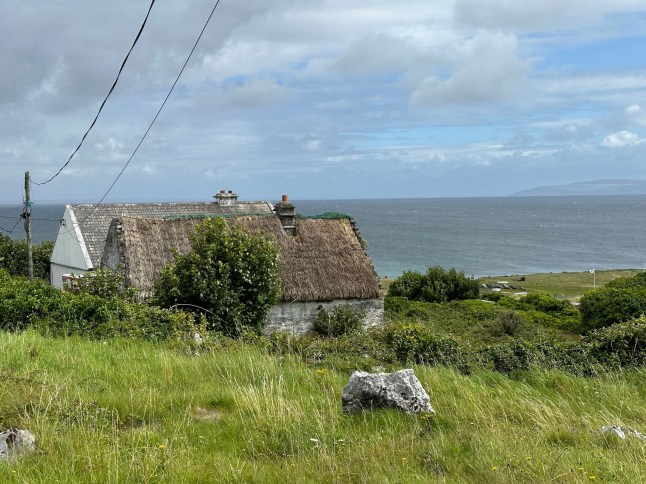
Always fancied renovating a house but don’t want the price tag that comes with it? Well, the Irish government might be able to help you.
A 2023 policy means that thanks to funding from the Vacant Property Refurbishment Grant, people are being paid up to €84,000 (£69,650) to buy abandoned houses on offshore islands.
The funds go towards refurbishing the non-occupied, derelict properties, with 23 qualifying islands to choose from.
With a combined population of a mere 2,734, you can be pretty certain that your noisy hammering and drilling won’t cause much of a disturbance in these parts.
The grant aims to welcome more inhabitants to the islands and increase housing quality, as well as better access to health and education services.
Make no mistake, though: these run-down properties will need far more than a lick of paint. To be eligible for a sizeable pot of cash, people must be willing to purchase a building constructed no later than 2007.

The property also needs to have been vacant for at least two years.
So, it might make for a lengthy process (or a great Grand Designs episode) should you be tempted to make the move and switch your everyday hustle for more remote surroundings.
It remains unknown how many people are looking to take on the renovation challenge specifically, but the scheme itself has received over 10,000 applications. So far, 6,713 of these have been approved.
This will see people tackle projects ranging from old church ruins on rocky hilltops to deserted cottages in quaint villages.
How to qualify for the Vacant Property Refurbishment Grant
The Irish government states that to qualify for the grant, you must:

- Have proof of ownership or evidence of active negotiations to buy the property in question. This includes evidence of engaging with an estate agent or the property’s owner in which you are seeking approval in principle for a grant
- Live in the property as your principal private residence or make it available for rent
- Be able to prove that the property you are interested in has been vacant for two years at minimum and that it was built before, or including, 2007.
You will also need to provide the necessary documentation. This includes an independent report confirming the property is structurally unsound and dangerous, or confirmation that it is on the Derelict Sites Register.
The local authority might request additional documents while processing your application.
They are likely to prioritise applications in areas where the level of home vacancy or dereliction is high.

Which properties are eligible?
The grant covers vacant properties in ‘cities, towns, villages’ and rural parts of the country.
As for the qualifying islands, these include five in the county of Donegal: Árainn Mhór, Inis Bó Finne, Toraigh, Gabhla, and Inis Mhic and Doirn.
The latter, Doirn, had a population of just one single person in 2011. But by 2016, it had grown…to five.
Coney, an island in Sligo, qualifies, as do six islands in Mayo. These are: Clare Island, Inis Bigil, Collanmore, Inishlyre, Inisturk, and Clynish.
Galway has four qualifying islands: Inishbofin, Árainn (Inis Mór), Inis Oírr, and Inis Meáin.
Finally, Cork completes the list with Bere, Cléire, Dursey, Heir, Long, Sherkin, and Whiddy.
How much money could you receive?
Should your application be successful, you could receive thousands to put towards the creation of your new life.
The highest amount available is just under £70,000, which would certainly take the pressure off funding a renovation in the rural landscape.
However, the standard Vacant Property Refurbishment Grant offers up to €50,000.
Ultimately, it depends on the magnitude of the renovation you’re willing to take on, as the more derelict properties – AKA the ones desperately in need of new life – can fetch you more, meaning you have a greater chance of restoring it fully.
Do you have a story to share?
Get in touch by emailing MetroLifestyleTeam@Metro.co.uk.
